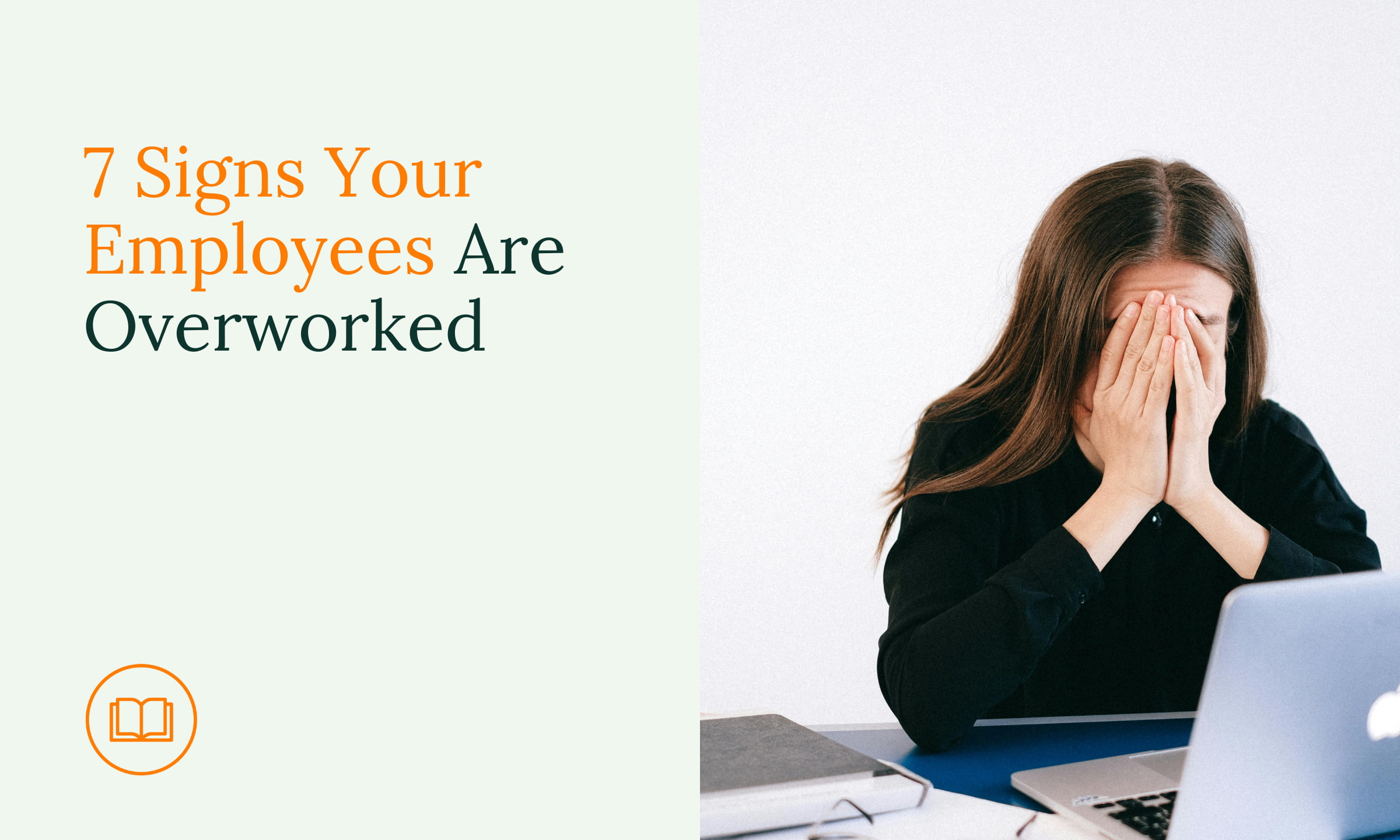Wellness often makes us think of someone out in nature: a man meditating on a hill, a woman halfway through an empowering hike. But of course, wellness is something we can bring everywhere – not just out in the sun and trees, but in the workplace too! That’s the idea behind corporate wellness programs.
But what are corporate wellness programs? How do you bring wellness into work? Let’s find out!

Corporate wellness programs are becoming increasingly popular among companies looking to support their employees’ overall health and well-being. These programs can take many forms, but they typically offer resources, activities, and initiatives that promote healthy habits and lifestyle choices. In this blog, we will explore the benefits of these programs, the different types of programs available, and how companies can implement effective wellness programs in the workplace.
The benefits of corporate wellness programs
Corporate wellness programs offer a range of benefits to both employees and employers. Here are a few key advantages:
- Improved Physical Health: Corporate wellness programs often include initiatives like gym memberships, fitness classes, and healthy eating programs. These resources can help employees improve their physical health, which can lead to increased energy, better focus, and reduced risk of chronic illness. In addition, corporate wellness programs that tackle mental health issues have a significant impact both on employee mental and physical health.
- Better Mental Health: Many corporate wellness programs offer resources to support mental health, such as counseling services, stress management classes, and mindfulness training. These initiatives help employees manage stress, anxiety, and other mental health concerns, leading to increased well-being and better job performance.
- Increased Employee Engagement: Employees who feel supported and valued are more likely to be engaged and productive at work. Corporate wellness programs help employees feel cared for and supported, leading to higher levels of engagement and job satisfaction and lower levels of turnover.
- Reduced Healthcare Costs: By promoting healthy lifestyle choices, corporate wellness programs help employees avoid chronic illnesses and reduce their healthcare costs over time. This benefits both employees and employers by reducing overall healthcare expenses.
By the numbers: the business case for introducing corporate wellness programs
There are significant financial upsides to introducing corporate wellness programs at your company, as these statistics illustrate:
- Employee retention: A study by the World Economic Forum found that companies with effective wellness programs had an average retention rate of 88%, compared to 78% for companies without such programs.
- Productivity: A study by Harvard Business Review found that for every dollar spent on wellness programs, companies saw a return of $2.71 in the form of reduced absenteeism and increased productivity.
- Employee engagement: A study by Virgin Pulse found that employees who participated in wellness programs were 50% more engaged than those who did not.
- Employee morale: A survey by Aflac found that 61% of employees who participated in wellness programs reported feeling more positive about their employers, compared to 39% of those who did not participate.
- Improved company reputation: A study by Glassdoor found that 79% of job seekers said they would consider a company’s wellness program when deciding whether to accept a job offer.
Types of corporate wellness program
There are many different types of corporate wellness programs available, each with its own unique benefits. Here are a few examples:
- Fitness and Exercise Programs: These programs offer resources like gym memberships, fitness classes, and group exercise initiatives to help employees improve their physical health.
- Nutrition and Healthy Eating Programs: These programs provide resources and education to help employees make healthy food choices and improve their overall nutrition.
- Mental Health and Stress Management Programs: These initiatives offer resources like counseling services, mindfulness training, and stress management classes to support employees’ mental health and well-being.
- Smoking Cessation Programs: These programs provide resources and support to help employees quit smoking and improve their overall health.
Best practices for implementing effective corporate wellness programs
To implement an effective corporate wellness program, companies should start by assessing their employees’ needs and interests. This can be done through surveys, focus groups, or individual conversations with employees. Based on this information, companies can develop a program that offers resources and initiatives that meet employees’ needs.
It’s also important to ensure that the program is accessible and inclusive for all employees. This may mean offering resources in multiple languages or ensuring that employees with disabilities can participate fully in wellness initiatives.
Companies should also consider partnering with external wellness providers to offer a wide range of resources and services. For example, partnering with an employee mental health benefit like nilo.health offers employees easy access to mental health support, 1-to-1 counseling, a library of self-guided mental health support and more.
Ready to get started? Book a demo with nilo.health today.







